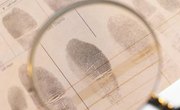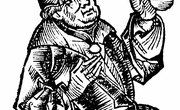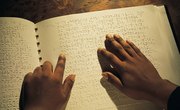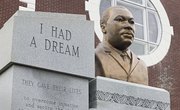Dr. Henry Faulds was a Scottish physician with strong Christian beliefs. In 1873 he went to Tokyo as a medical missionary and established the Tuskiji Hospital, where he also served as surgeon superintendent. Some time in the late 1870s he got involved in a nearby archaeological dig. It was during this time that he discovered imprints in ancient pottery shards and became interested in the science of human fingerprints.
A Dramatic First Step
In addition to founding a hospital, Faulds lectured at a university in Tokyo. He had previously noted the swirls on his own fingertips in lectures, so to study how they grew and if they could change, he enlisted the aid of his students. They collected their own fingerprints, then shaved them off with razors until no pattern could be traced. The experiments were repeated using various methods to remove the prints. After two years, Faulds had a large collection of fingerprints. He could demonstrate that they were unique and grew back in the same patterns every time. He wrote to famed naturalist Charles Darwin to request help in promoting the idea of fingerprints to identify criminals. Darwin passed the letters on to Francis Galton, also a noted scientist.
A Competing Claim
In 1880 Nature magazine published a paper in which Faulds observed that fingerprints could be used to catch criminals and explained how it could be done. The following month Sir William Herschel published a letter in the same magazine, explaining that he had been using fingerprints as signatures to identify criminals in India for more 20 years. This led Francis Galton to mistakenly report in a paper for the Royal Institute that Herschel had first suggested using fingerprints as forensic tools.
A Legacy Obscured
Faulds and Herschel found themselves in a war of letters. The 1892 publication of Francis Galton's book on fingerprinting complicated matters for Faulds, as it made no mention of his work on fingerprinting or the letters Darwin had passed on to Galton more than a decade prior. After 37 years of correspondence, Herschel relented and published another notice in Nature, acknowledging that Faulds had originated the idea. Forensic fingerprinting was at this time being supplemented by Alphonse Bertillon's anthropometric identification system, which made use of developments in photography. Herschel's admission went largely unnoticed.
Faulds Remembered
Faulds had offered his system to Scotland Yard in 1886. The offer was declined, but in 1901 a British fingerprinting bureau was established by a former colleague of Francis Galton's. Though it came after his death in 1930, a memorial was erected to Faulds in Tokyo in 1951, followed by another unveiled in his home town of Beith, Scotland in 2004.











